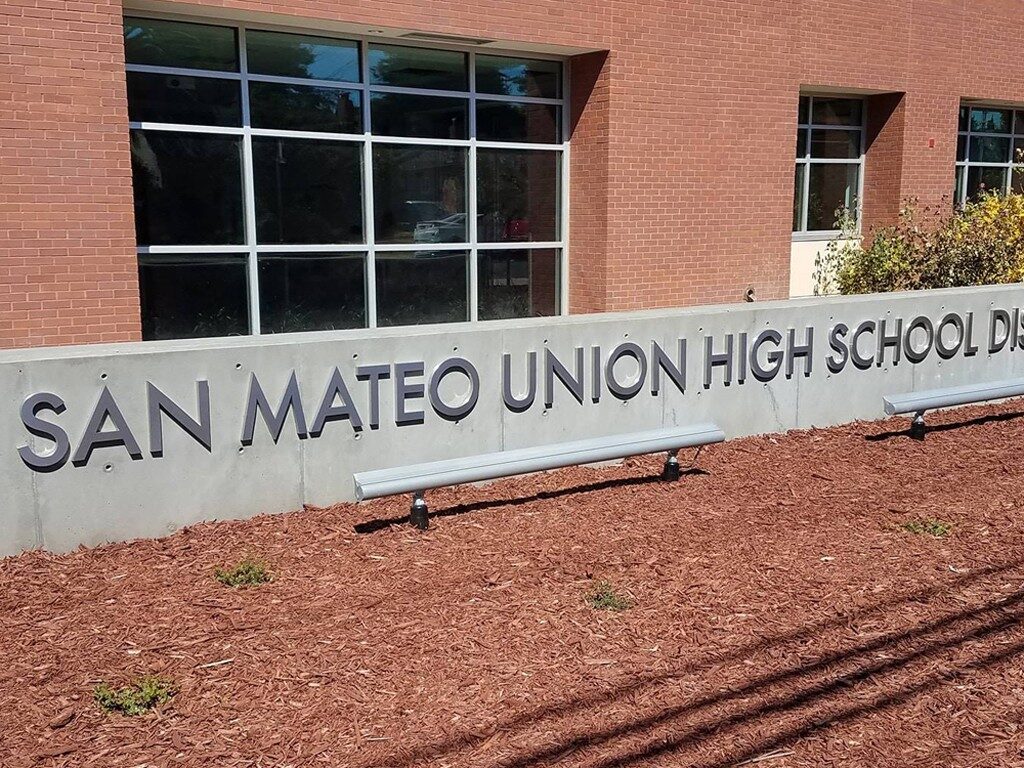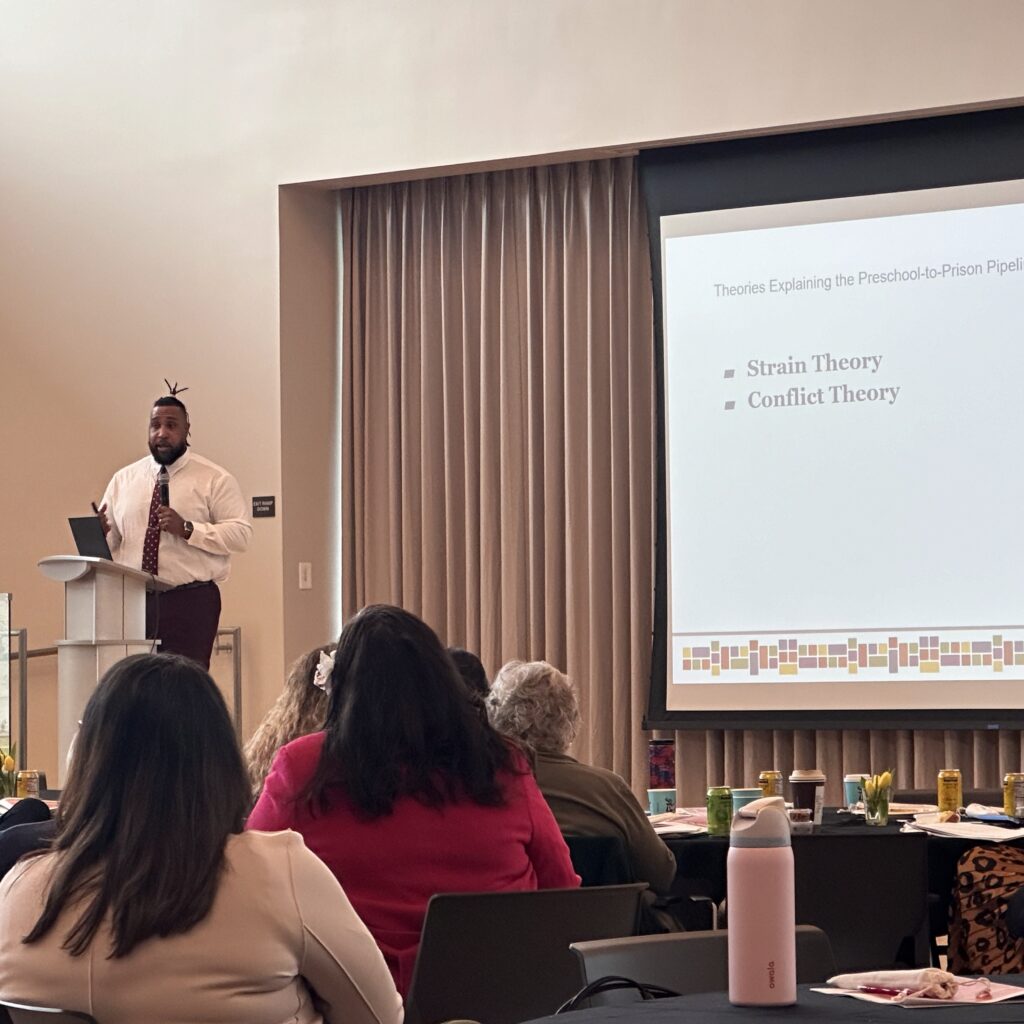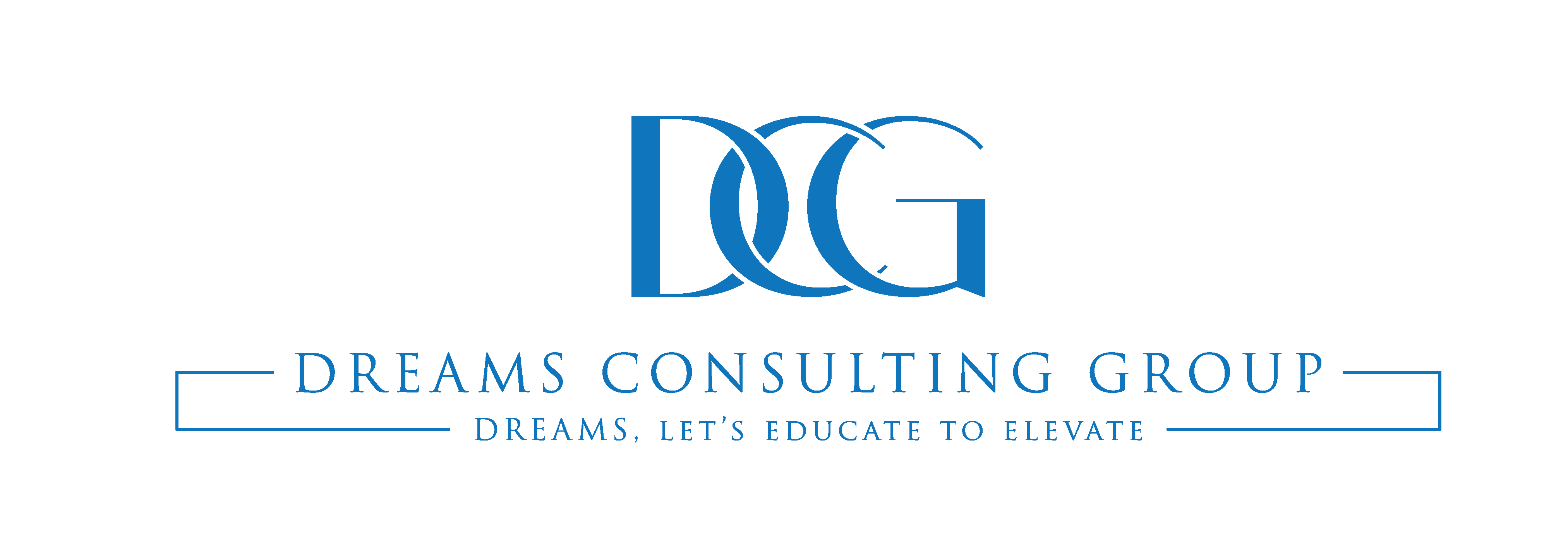School Safety in San Mateo: Smarter Solutions, Not More Policing

At the recent Blue Sky Goal Setting Workshop on February 22—a meeting that might seem like a routine planning session to most but carries life-altering consequences for many students—San Mateo City Council member Cwirko-Godycki proposed exploring funding for School Resource Officers (SROs) in local schools. While ensuring student safety is a goal we all share, decades of research show that increasing police presence does not necessarily lead to safer schools. Instead, the most effective strategies involve mental health services, restorative justice initiatives, and school-based support systems that foster positive relationships and early intervention. Understanding the Regional Context San Mateo County has already taken proactive steps in school safety by implementing the Student Threat Assessment Protocol, a multidisciplinary approach involving school administrators, mental health professionals, and law enforcement to address student concerns before they escalate. The county has also developed The Big Five, a comprehensive emergency response system designed to keep students safe through preparation and early intervention rather than reactive policing. These initiatives recognize that early intervention and student support are far more effective at ensuring safety than a reactive approach rooted in law enforcement. Expanding on these frameworks—not adding more law enforcement—aligns with what research suggests actually works. Examining the Role of SROs Some advocate for SROs, believing they deter violence and prevent school shootings. However, an analysis by Texas State University and the FBI, which examined over 160 mass shooting incidents, found that not a single school shooting was stopped by an armed officer returning fire. Additionally, a 2021 study found that school shootings were 2.5 times more deadly in schools where SROs were present, underscoring the need for a broader approach to school safety. Moreover, while overall youth crime rates have declined for decades, studies indicate that the presence of SROs correlates with 3.5 times higher student arrest rates, often for minor infractions such as tardiness or classroom disruptions—issues that could be better handled through restorative justice and counseling. In California, Black students make up 6% of public school enrollment but account for 15% of student arrests, while Latino boys, comprising 28% of students, represent 44% of all school-based arrests. Similarly, students with disabilities face referral rates to law enforcement nearly three times higher than their non-disabled peers. These statistics are not just numbers; they reflect real students whose educational experiences and opportunities are deeply affected by the policies we choose to implement. Fiscal Responsibility: Making Sound Investments in Student Safety As San Mateo faces a $6 million general fund deficit, every expenditure should be evaluated for its return on investment. Given ongoing financial obligations and declining tax revenues, the city must ensure that every dollar is spent on initiatives that produce real results. Investing in SROs, which have not been proven to significantly improve school safety, raises concerns about fiscal responsibility. With reduced revenue from sales taxes, business taxes, and hotel occupancy taxes, the city must focus on cost-effective strategies that maximize student well-being and public safety. Further compounding the issue is the $7 million shortfall in property-in-lieu-of-vehicle-license-fee reimbursements from the state—funds many California cities depend on. To put the cost of SROs in perspective, a single officer can cost between $75,000 and $120,000 per year, factoring in salary, benefits, training, and equipment. Expanding SRO programs could require multiple officers, quickly pushing costs into the hundreds of thousands or even millions annually. Meanwhile, for the same investment, the city could hire additional mental health professionals, counselors, or social workers—positions that have been shown to improve student outcomes and reduce disciplinary issues. Even one additional school psychologist or restorative justice specialist could provide direct interventions for hundreds of students in need of support. Given the current financial landscape, prioritizing these proven solutions is not only the right choice for student success but also the most responsible use of taxpayer dollars. A Holistic Approach to School Safety A strong and safe school environment is built on trust, support, and evidence-based interventions. Schools that have invested in mental health services and conflict resolution programs have seen lower suspension rates, higher graduation rates, and fewer instances of violence. When students have access to school counselors, social workers, and community-based resources, they are more likely to seek help before conflicts escalate. Research confirms that preventative strategies—rather than punitive measures—create an atmosphere where students feel supported rather than surveilled. Rather than relying solely on law enforcement, a more balanced approach that includes counseling, social-emotional learning, and peer mediation has demonstrated long-term benefits for students and school communities. If the goal is truly to foster a safe and thriving learning environment, we must look at what the evidence tells us works—not simply default to outdated strategies that feel familiar but fail to deliver results. The conversation about school safety is an important one, and it is crucial that decisions are guided by research and the well-being of students. San Mateo has an opportunity to lead by example, prioritizing investments that create meaningful change. By focusing on approaches that build positive school climates and support students holistically, we can ensure that every young person in our community has the opportunity to learn, grow, and succeed in an environment that truly supports them.
Driving Engagement – The Vision Behind DREAMS Consulting Group

Education should be a foundation for opportunity, yet systemic barriers often turn it into a sourceof inequity. At DREAMS Consulting Group, we’ve made it our mission to change that. The ideaof DREAMS grew out of my experiences as a nonprofit leader and DEI advocate, where Iwitnessed how a lack of genuine engagement stifled progress and silenced potential. Mydoctoral research on the preschool-to-prison pipeline brought these realities into sharper focus,revealing that exclusionary practices in early education disproportionately affect students ofcolor, perpetuating cycles of inequity. It became clear to me that engagement—not exclusion—was the key to unlocking every child’spotential. Engagement fosters connection, builds trust, and creates a sense of belonging.DREAMS Consulting Group was founded on the belief that when we prioritize inclusiveengagement, we build stronger, more resilient communities.Through our work, we help schools, businesses, and communities break down systemic barriersand replace them with pathways of opportunity. Our professional development workshops equipeducators and leaders with tools to create inclusive environments. Our educational equitytoolkits offer actionable strategies for fostering belonging and fairness. And our customizedengagement solutions bring schools, families, and communities together to collaborate andthrive. At DREAMS, we emphasize engagement over exclusion because we’ve seen how it transformslives. It’s not just about addressing inequities—it’s about fostering an environment whereeveryone feels valued and empowered. Whether it’s through a conversation between a teacherand a student, a policy shift within an organization, or a community gathering to share stories,engagement creates change. This work is deeply personal. As a parent, I want my son to grow up in a world where education opens doors, not closes them. As a leader, I want to ensure that every child has access to theresources and opportunities they need to thrive. As a community advocate, I want to foster asense of belonging and collaboration that inspires lasting change. A simple yet powerful principle guides DREAMS Consulting Group: Let’s Educate to Elevate.We know that education has the power to transform not just individuals but entire communities.By working together, we can create inclusive environments where everyone has the opportunityto succeed. If you’re ready to join us in this mission, we’d love to connect. Together, we can build bridgeswhere there were once barriers and inspire the kind of change that leaves a lasting impact forgenerations to come.

